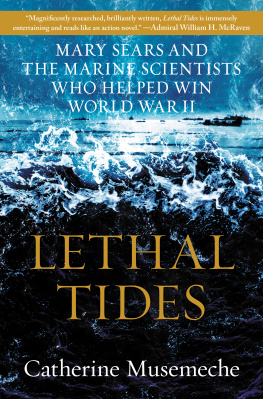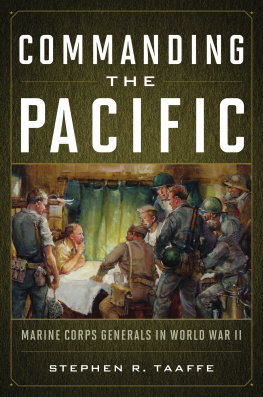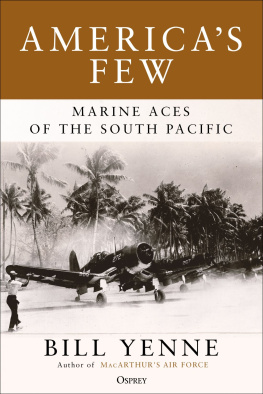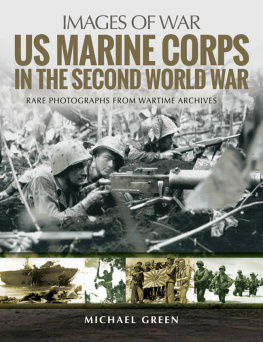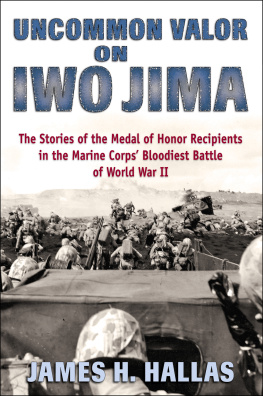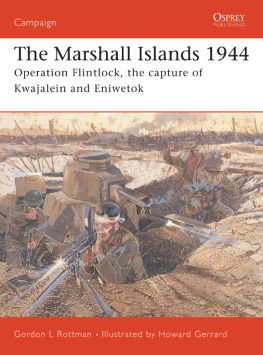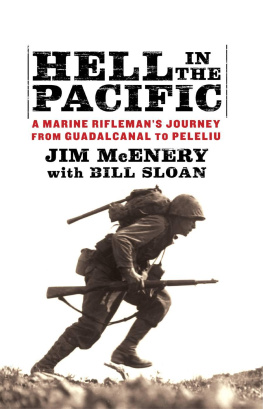Swift, Silent, and Deadly


The latest edition of this work has been brought to publication with the generous assistance of Marguerite and Gerry Lenfest.
Naval Institute Press
291 Wood Road
Annapolis, MD 21402
2004 by Bruce F. Meyers
All rights reserved. No part of this book may be reproduced or utilized in any form or by any means, electronic or mechanical, including photocopying and recording, or by any information storage and retrieval system, without permission in writing from the publisher.
First Naval Institute Press paperback edition published 2013
ISBN 978-1-61251-502-1 (eBook)
The Library of Congress has cataloged the hardcover edition as follows:
Meyers, Bruce F., 1925
Swift, silent, and deadly : Marine amphibious reconnaissance in the Pacific, 19421945 / Bruce F. Meyers.
p. cm.
Includes bibliographical references and index.
1. World War, 19391945CampaignsOceania. 2. United States. Marine CorpsHistoryWorld War, 19391945. 3. World War, 19391945Reconnaissance operations, American. 4. World War, 19391945Amphibious operations. 5. World War, 19391945Naval operations, American. I. Title.
D767.9.M42 2004
940.545dc22
2003023313

 Print editions meet the requirements of ANSI/NISO z39.48-1992 (Permanence of Paper).
Print editions meet the requirements of ANSI/NISO z39.48-1992 (Permanence of Paper).
9 8 7 6 5 4 3 2 1
Many books about special operations are dedicated to the brave men who risked danger on distant missions. Instead, this book is dedicated to the marine recon wife. She must stay behind, encouraging and supportive, well aware of the dangers her recon marine must face. Each of us know a score, with names like Charlotte, Nancy, Polly, and Sue.
In my case, I add a special dedication to my wife of fifty-five years, Jo, whose encouragement, wit, support, and stoicism when tragedy was at hand have been my constant companion. No one could ask for a better partner for lifes endeavors.
Contents
T he Marine Corps has, for the 228 years of its existence, fought our countrys battles around the globe. Equally adept on land, on the sea, and, for the last 81 years, in the air, Marines have proven to be proficient, adaptive, and resourceful. Americans know that Marines are the nations premier expeditionary force in readiness and that they are invariably successful in all they do.
This book is the story of amphibious reconnaissance, how it began, how it developed, and how, during World War II, it became the instrument of our national military capability, preceding every major amphibious landing in the Pacific. Marines and their accompanying Navy corpsmen were regularly inserted behind enemy lines, well in advance of an operation, to obtain naval intelligence on beach hydrography, on terrain, and particularly on the enemy and his fortifications. Returning with this information permitted successful prosecution of each and every campaign in which they were used. Reconnaissance Marines were involved in nearly two hundred landings, most of which occurred at night, the Marines coming ashore either in rubber boats or swimming in from landing craft, submarines, PT boats, seaplanes (PBYs), and Navy high-speed destroyer transports (APDs). Other important missions that reconnaissance Marines conducted include the training and employment of the Alaska Scouts at Attu and Kiska in the Aleutians and training and working with the Army Alamo Scouts in the Southwest Pacific in New Guinea and the Philippines.
Marine reconnaissance units were formed before what we now call special-opsspecial operations. Formed in December 1941 at Quantico, Virginia, these units were organized and operating before the establishment of OSS (the Office of Strategic ServicesJune 1942), before UDT (underwater demolition teamsMay 1943), before Army Special Forces (antecedent to the Green BeretsNovember 1942), and before the Air Commandos (1 October 1943).
Marines have a long history of adaptation to diverse combat situations. One of the first examples of this adaptive ability came in the Florida swamps in May 1836, when the Marines of our fifth commandant, Archibald Henderson, worked with friendly Creek Indians to scout ahead and to the flanks of his troops. During World War I, the 5th and 6th Marines used patrols adept at field craft and marksmanship to penetrate German lines. They sniped unsuspecting German troops and returned with invaluable intelligence from behind the lines. In the period between the world wars, Marine leaders such as Chesty Puller, Herman Hanneken, and William Button displayed great ingenuity in their patrol actions behind enemy lines. This was later chronicled in the Corpss key publication of the era, The Small Wars Manual. And it was in the late 1920s and mid-1930s that Navy admirals and Marine generals began to institutionalize the conduct of amphibious landings. During this period, experimentation occurred when reconnaissance patrols were inserted onto enemy beaches at Vieques in Puerto Rico during fleet landing exercises. It became apparent to Maj. Gen. Holland M. Howlin Mad Smith that the Marines needed units specially trained and equipped to land behind enemy lines. This led to the formation of the initial Observer Group at Quantico in December 1941.
My father, (then) Capt. James L. Jones, took command of these men and initially formed an amphibious reconnaissance company, later expanding it to the Amphibious Reconnaissance Battalion. This is the story of that battalion and other similar units that performed brilliantly in conducting amphibious reconnaissance from Guadalcanal and the Solomons in 194243, to the capture of Iwo Jima and Okinawa in 1945, and all the major campaigns in between. And as it is with all elite units, these men became very closethe memories of the camaraderie between my father and his officers and men who shared these combat experiences remain with me to this day.
This reconnaissance story is told by Col. Bruce Meyers, USMC, who began his career as a young lieutenant commanding a combat swimming platoon at the end of World War II. During this time, he worked with Col. Herman Hanneken, one of the commanders in the Banana Wars. After commanding a rifle company in Korea, Colonel Meyers worked as Brig. Gen. Chesty (Lewis B.) Pullers reconnaissance officer. While commanding the reconnaissance school at Coronado, he went through UDT SCUBA School and learned about parachutes and parachuting. His ideas on improving reconnaissance techniques were implemented by our twentieth commandant, Gen. Lemuel C. Shepherd, leading to the formation of 1st Force Reconnaissance Company, the dedicated deep-reconnaissance agency of the Marine Corps. This unit was to become the modern-day descendant of my fathers Amphibious Reconnaissance Battalion. As its first commanding officer, Colonel Meyers helped develop new techniques for entry, from jets launched from aircraft carriers, to high altitude/low opening (HALO) parachute jumps, to exiting and locking back in to submerged submarines, to name a few. He writes with the experience of my fathers generation, having launched on a number of night landings by rubber boat from the sea-swept deck of a hastily submerging submarine. As a combat swimmer and diver, he has swum the long distances to objective beaches. His initial 1st Force Recon Company was expanded and, during the height of the Vietnam War, six such force recon companies were in existence. Grenada and both wars in Iraq again proved the mettle of these young reconnaissance Marines and corpsmen.
Next page

